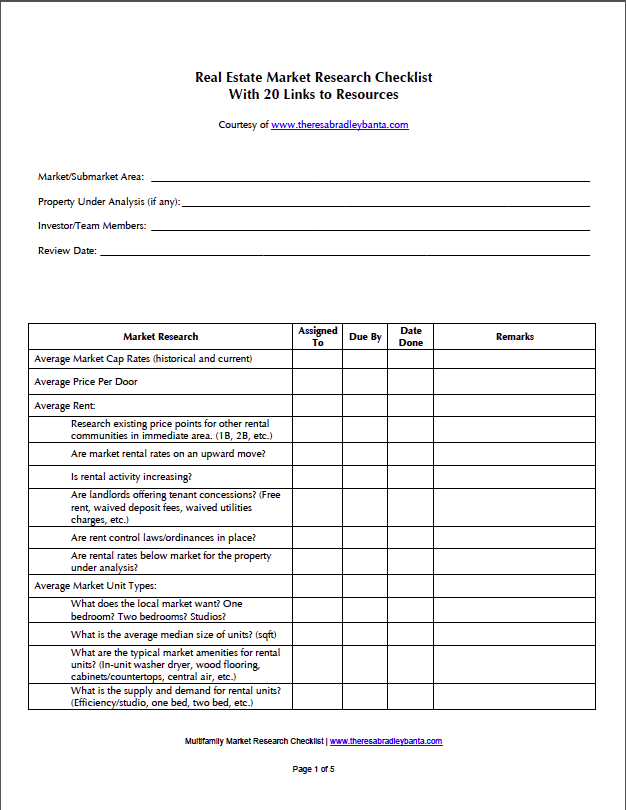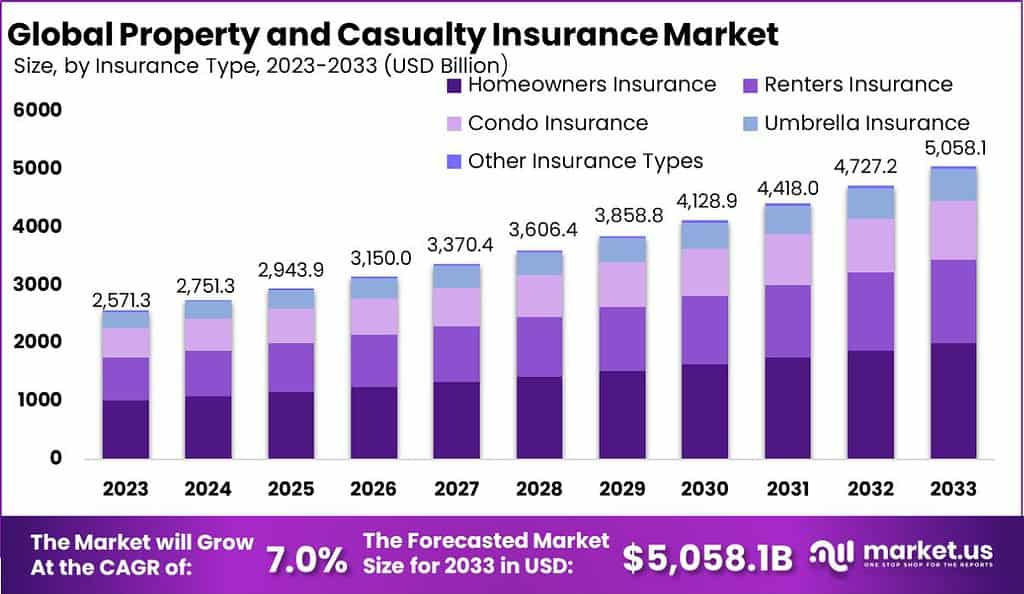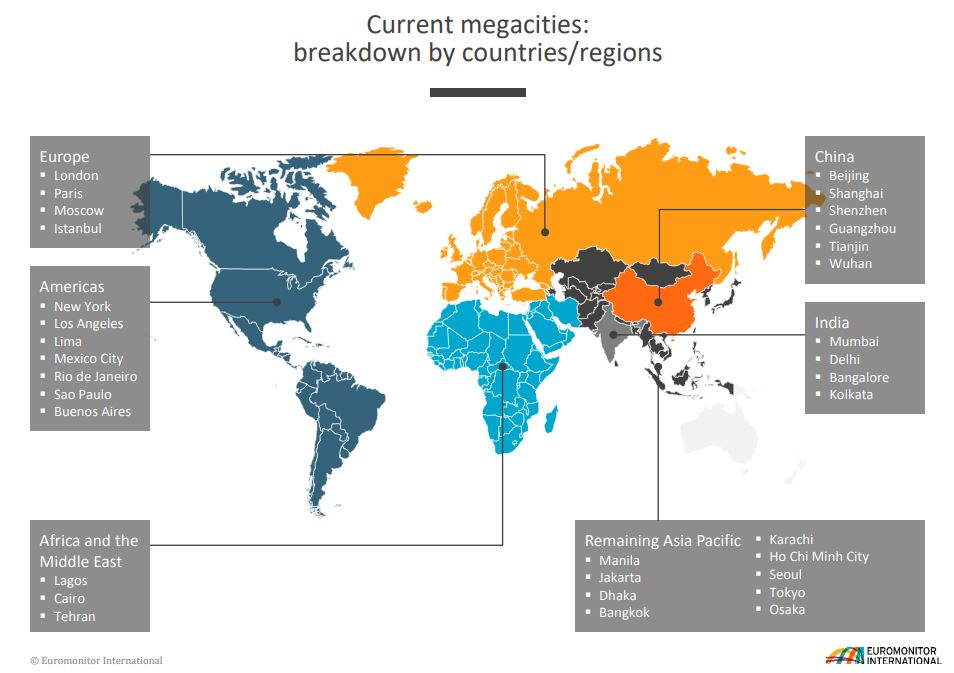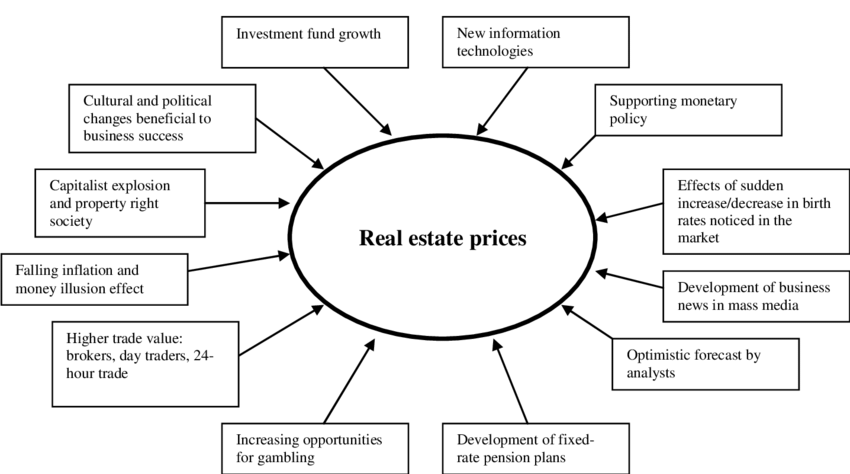글로벌 콘텐츠: 전 세계 개발자 및 빌더 연구
수업 학습 목표:
- Gain insights into evaluating developer reputations globally, understanding the significance of a developer’s track record in delivering high-quality projects, especially in dynamic markets like Dubai and Singapore.
- Understand the necessity of verifying builder credentials in emerging markets to ensure compliance with both local and international construction standards, enhancing the quality and safety of construction projects.
- Utilize a real estate market research checklist to systematically gather and analyze critical market data, aiding in the comprehensive evaluation of potential real estate investments.
- Conduct thorough 부동산 특정 연구 to assess the quality of construction materials and amenities offered in new developments, ensuring they meet global standards for durability and sustainability.
- Undertake a comprehensive financial and risk analysis for new construction projects globally, considering aspects like pre-construction pricing, financing options, and potential project delays.
A. Developer and Builder Research Globally
When considering new construction homes or condos on a global scale, researching the developer and builder is essential for ensuring a safe and profitable investment.
- 개발자 평판
Globally, some developers have a reputation for delivering high-quality projects, while others may have a history of delays or subpar construction. In markets like Dubai 또는 Singapore, developers with international portfolios tend to be more reliable. Check reviews, past project success, and any legal issues or financial instability. - Builder Credentials
Builder credentials should be verified globally, especially in emerging markets where construction standards may be less stringent. In Mexico 또는 Brazil, it’s important to hire independent inspectors to ensure that builders meet local and international building codes. - Developer’s Financial Health
Research the developer’s financial status to ensure they have the resources to complete the project. In places like India 또는 South Africa, some developers have faced bankruptcy or project halts due to financial challenges. Look for developers backed by reputable financial institutions to reduce the risk of incomplete projects.
Figure: Real Estate Market Research Checklist
설명:
This comprehensive checklist is designed for conducting real estate market research. It includes sections to gather detailed information about a market/submarket area, property under analysis, and assigned team members. Key research areas include market cap rates, rental rates, average price per door, 그리고 supply and demand trends for rental units. The checklist also tracks assignment, due dates, and completion status for tasks, with space for additional remarks. This tool helps standardize and streamline the market research process for real estate investments.
주요 시사점:
- Covers essential market indicators, including cap rates, average rent, and unit types, to provide a full market overview.
- Includes prompts to evaluate rental activity trends, tenant concessions, and local rent control laws.
- Helps assess typical amenities and unit size preferences in the market, aiding competitive analysis.
- Tracks tasks with columns for assignment, deadlines, and remarks, ensuring accountability.
- Encourages a data-driven approach to evaluating rental property opportunities.
정보의 응용:
This checklist is an invaluable tool for real estate investors, analysts, and developers conducting due diligence on a property or market. For learners, it provides a structured method to understand key metrics and trends in real estate markets, helping them make informed decisions about property investments or market entry strategies.
B. Property-Specific Research Globally
For new construction homes and condos, conducting property-specific research ensures you understand the quality and potential of the investment.
- Quality of Construction Materials
Globally, construction materials vary widely. In the U.S., high-quality materials are often used in premium developments, while other countries may permit lower-cost alternatives. Ensure the developer is using materials that meet international standards for durability and sustainability, particularly in countries with variable construction regulations. - Property Amenities
New developments in cities like New York, Tokyo, 그리고 Dubai often include luxurious amenities such as fitness centers, pools, 그리고 concierge services. These can attract higher-paying tenants or buyers. Be sure to assess whether these features justify the property price or if they are common in the local market. - 보증 및 보험
Many countries require new construction homes to come with a builder’s warranty. In the United States, a 10-year warranty covering major structural defects is standard for new homes. Ensure that the warranty covers significant issues and that the property is insured for potential construction delays or defects.
수치: Global Property and Casualty Insurance Market Trends (2023–2033)
설명:
This bar chart illustrates the projected growth of the Global Property and Casualty Insurance Market from 2023 to 2033, segmented by insurance types such as Homeowners Insurance, Renters Insurance, Condo Insurance, Umbrella Insurance, 그리고 Other Insurance Types. The market is expected to grow steadily, reaching a forecasted size of $5,058.1 billion by 2033, with a Compound Annual Growth Rate (CAGR) of 7.0%. Different shades in the bars represent various insurance segments, showing their contribution to the overall market size.
주요 시사점:
- The global property and casualty insurance market will grow at a CAGR of 7.0% from 2023 to 2033.
- 주택 소유자 보험 그리고 임차인 보험 are key contributors to market size, reflecting consistent demand for residential property coverage.
- The market size will grow from $2,571.3 billion in 2023 에게 $5,058.1 billion in 2033, nearly doubling within a decade.
- Steady increases in all insurance categories suggest a diversified growth pattern, with emerging trends in umbrella and other insurance types.
- The graph highlights the importance of property and casualty insurance as a growing sector in the global economy.
정보의 응용:
This chart provides insights for insurance companies, policymakers, and investors looking to capitalize on market growth opportunities. Learners can use this data to understand market trends, investment opportunities, and sectoral dynamics, emphasizing the role of economic factors in driving insurance demand globally.
C. Neighborhood and Local Market Research Globally
Evaluating the local market and neighborhood ensures you are making a sound investment in a new construction property.
- Future Development Plans
Globally, future development in a neighborhood can significantly impact property values. In cities like Sydney 그리고 Los Angeles, new transport links or commercial centers often lead to increased demand for nearby properties. Research planned infrastructure projects and city expansion plans to capitalize on growth opportunities. - Property Market Trends
Analyzing market trends is crucial for understanding whether a neighborhood is appreciating or declining. In cities like Toronto 그리고 Shanghai, areas with high demand for new construction can lead to rapid appreciation, while oversupply in markets like Dubai can limit capital gains potential. - Environmental and Zoning Regulations
In countries like 호주 그리고 캐나다, strict environmental and zoning laws must be followed for new construction properties. Ensure that the property adheres to these regulations to avoid legal issues and delays.
Figure: Global Megacities by Region
설명:
This map provides an overview of current megacities worldwide, organized by countries and regions. Megacities are defined as metropolitan areas with extremely high population densities and significant economic, cultural, or political influence. Regions include Europe (e.g., London, Paris, Moscow, Istanbul), Americas (e.g., New York, Los Angeles, São Paulo), China (e.g., Beijing, Shanghai, Shenzhen), India (e.g., Mumbai, Delhi, Bangalore), and others in the Asia Pacific, Africa, and the Middle East. The distribution highlights the concentration of megacities in Asia, reflecting its economic growth and population density.
주요 시사점:
- Asia dominates the list of megacities, with major hubs in China 그리고 India, reflecting the region’s rapid urbanization and population growth.
- Europe has fewer megacities, but cities like London 그리고 Paris remain key global influencers due to their economic and political significance.
- In the Americas, cities like New York, São Paulo, 그리고 Mexico City represent diverse economic centers across North and South America.
- 그만큼 Middle East and Africa have emerging megacities like Lagos and Cairo, indicative of increasing urbanization in these regions.
- Megacities are drivers of global economic activity, serving as hubs for trade, innovation, and connectivity.
정보의 응용:
This map is valuable for urban planners, investors, and policymakers to understand global urbanization trends and the strategic importance of megacities. For learners, it demonstrates how population density and economic activity shape regional development, offering insights into global economic geography and its implications for infrastructure, sustainability, and urban living.
D. Financial and Risk Analysis Globally
Performing a financial analysis ensures that the investment in new construction property will meet your financial goals.
- Pre-Construction Pricing
Globally, buying at pre-construction prices can lead to significant capital gains if the property is located in a high-demand market. In cities like Manhattan 또는 Hong Kong, early investment can secure properties at lower prices, but it is important to compare these prices to resale values to ensure you’re getting a good deal. - Financing New Construction Properties
Financing options for new construction vary by country. In the United States, buyers may be eligible for construction loans or bridge loans to cover the building phase, while in Southeast Asia, lenders may require larger down payments for pre-construction properties. Be sure to explore all financing options and consult with a local financial advisor. - Risks of Project Delays
Delays are a common risk in new construction, especially in emerging markets where regulatory processes may slow down project completion. In Brazil 그리고 India, for instance, new developments can be delayed by months or even years. Always factor these potential delays into your investment timeline and ROI projections.
수치: Factors Influencing Real Estate Prices
설명:
This diagram highlights the indirect factors affecting real estate prices, showcasing interconnected economic, technological, cultural, and financial influences. The central oval represents real estate prices, surrounded by various contributing factors such as investment fund growth, new information technologies, supporting monetary policy, 그리고 optimistic forecasts by analysts. Other influences include falling inflation, cultural and political changes, 그리고 increased trade value opportunities, reflecting the dynamic interplay of global and local factors shaping property values.
주요 시사점:
- Technological advancements, like new information technologies, are reshaping market dynamics by improving efficiency and access to information.
- Monetary policy and inflation trends significantly influence real estate prices through interest rates and market stability.
- Cultural and societal shifts, including birth rate changes 그리고 political changes, contribute to fluctuations in real estate demand and supply.
- Increased trade opportunities and speculative activities, such as gambling-like investment behavior, have made the market more volatile.
- Media coverage and analyst forecasts play a critical role in shaping public perception and investor confidence.
정보의 응용:
This framework is essential for real estate investors, economists, and policymakers to evaluate market trends and price determinants. Learners can utilize this diagram to understand how macro and microeconomic factors interplay in the real estate sector, enabling informed decision-making and strategic planning for investments or policy interventions.
결론
Investing in new construction homes and condos requires detailed research into the developer, property, local market, and financial considerations. By conducting thorough due diligence and understanding the risks and opportunities in both European and global markets, investors can make informed decisions that maximize returns and minimize risk.
주요 수업 정보:
- A developer’s reputation is crucial, especially in markets with a history of delivering high-quality projects and adhering to timelines, reducing investment risks.
- ㅏ real estate market research checklist helps investors and developers organize and analyze key market data, facilitating informed decision-making based on comprehensive market insights.
- Evaluating construction materials and property amenities ensures that new developments meet international standards and cater to market expectations, enhancing property appeal and value.
- Understanding the dynamics of the local market and neighborhood, including future development plans and environmental regulations, is key to assessing long-term investment potential.
- 효과적인 financial and risk management strategies are critical in global real estate investments, enabling investors to navigate financial complexities and mitigate risks associated with project delays.
마무리 진술:
Understanding the global landscape of developer and builder research is crucial for making informed decisions in the real estate market. This section equips you with the knowledge and tools necessary to scrutinize developers and builders, analyze property specifics, and evaluate financial and market conditions effectively.





